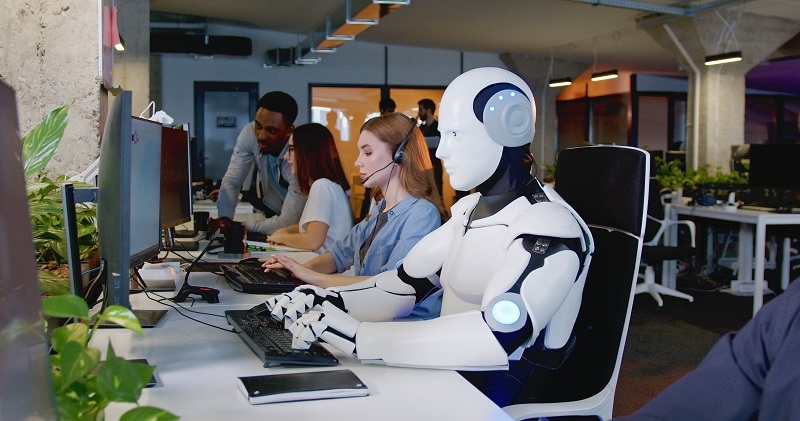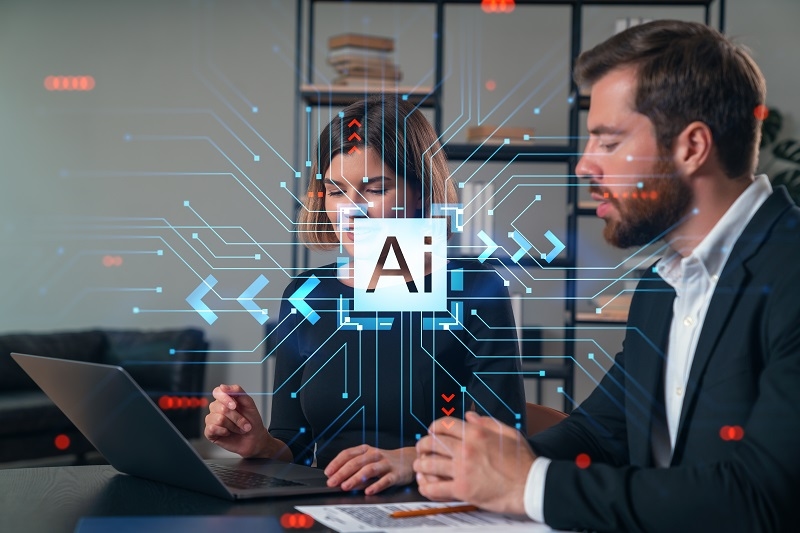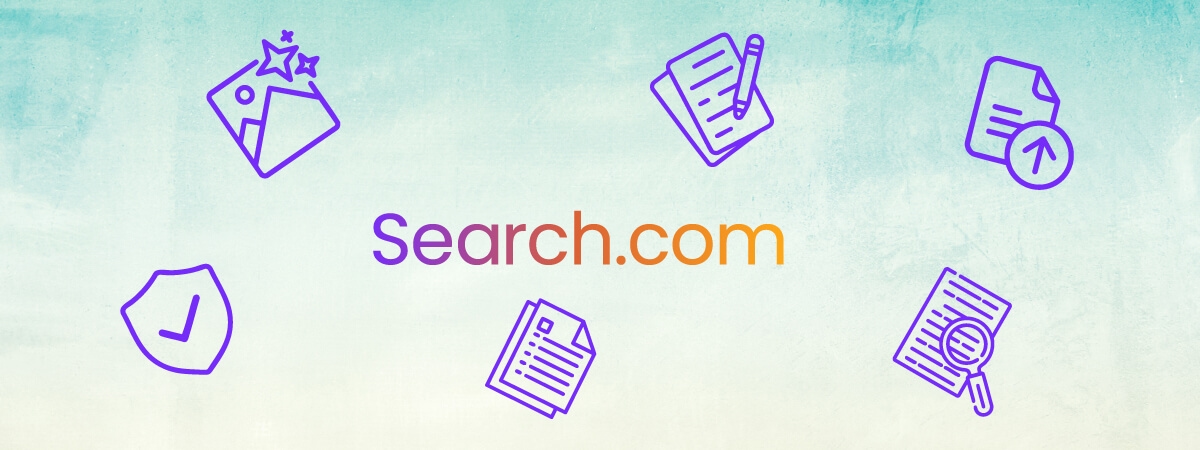AI in the Workplace Driving Efficiency and Team Growth

AI isn't some shiny thing that's "coming soon." It's already at work in thousands of companies, quietly speeding things up, cutting down on boring tasks, and helping people focus on work that actually matters. The truth is, AI in the workplace isn't about replacing people, it's about getting the most out of them.
If you're still picturing robots and sci-fi scenes, you're a few years behind. Artificial intelligence in the workplace today is a lot more practical. Think fewer spreadsheets, less copy-pasting, faster decisions, and smoother customer service.
Why AI in the Workplace Is More Than Just a Trend
The hype around AI in the workplace isn't about replacing humans but rather about augmenting the human faculties. Businesses have realized that repetitive and time-consuming tasks can be delegated to automation to allow employees to put their own attention to tasks involving critical thinking, strategy, and creativity.
Picture this: Previously, a marketing team would spend hours manually collecting customer data. With AI tools, the entire customer data analysis process is made quicker to be completed and segmented by the tool within minutes. The additional time is invested in campaigns, creative approaches, and building brand strategies.
Artificial intelligence at the workplace has another power of connecting the dots in ways humans cannot. By quickly analyzing mountains of data, it helps teams identify opportunities and threats, much earlier than conventional methods. In finance, health, logistics, and retail, this kind of foresight might just be the thin line between market leadership versus being a step behind.
What AI in the workplace actually looks like
Here's the real picture, no hype, no jargon:
- Admin on autopilot: Payroll checks, invoice matching, scheduling... handled.
- Customer support that doesn't sleep: AI tools answer simple questions instantly and send the tricky ones to a human.
- Smarter planning: From sales forecasts to stock levels, AI can crunch years of data in seconds.
- Training that sticks: Learning platforms that adapt to each person instead of giving everyone the same course.
- Search without the rabbit holes: Tools like SearchGPT that can pull the right document, email, or note in seconds.
None of this is about replacing people. It's about removing the junk work that slows them down.
The real value: time, accuracy, and happier teams
A good aim in the workplace setup shows its value quickly:
- Jobs that took days now take hours.
- Mistakes drop because there's less manual input.
- Sales teams focus on leads worth chasing.
- Employees feel less like task machines and more like actual problem-solvers.
That last point matters more than most people realize - when your team feels valued, they stick around.
The Human Side of AI: Upskilling and Adaptation
True conversations about AI and the workplace cover far more topics than efficiency: They include humans. So to allow AI to grow business, people must be ready to work alongside it. This is where the term 'upskilling' comes in.
In that instance, AI is performing certain functions that might be money-value-providing employees. Hence, employees who can adapt quickly are those that acquire higher-value roles, who know how to manage AI tools, and who can participate in strategic goals of a kind that weren't even possible before.
Upskilling can include:
- Operating AI-powered software
- Becoming data literate to interpret AI-generated insight
- Enhancing problem-solving and creative thinking to complement automation
Forward-thinking companies have been running AI literacy campaigns, nurture programs, and cross-disciplinary projects to help their workforce gain in-demand skills. It ensures teams keep up with the technology as they continue to evolve.

Rolling out AI without the chaos
The fastest way to fail with AI is to throw it at people without a plan. If you want it to stick:
- Tell people exactly what it's going to do and how it'll affect their work.
- Start with one department and measure what happens.
- Let employees help shape how it's used - they know the day-to-day better than anyone.
Example: In customer service, AI can draft replies while agents review and tweak them. The customer still gets a human-sounding answer, and the rep saves minutes on every ticket.
Keeping it responsible
Bringing AI technology in the workplace means taking care of a few non-negotiables:
- Keep customer and employee data safe.
- Check for bias - and fix it.
- Make sure people can see and understand how AI made a decision.
- Keep a human in charge of important calls.
It's simple: if people can't trust the system, they won't use it.
The future of artificial intelligence in the workplace
The next wave of artificial intelligence in the workplace won't just answer questions - it'll work with you. Expect tools that:
- Help make decisions in real time.
- Pull exactly what you need from your company's knowledge base using SearchGPT-level search.
- Match people to projects based on their skills, not just their job titles.
- Automate multi-step processes that cross multiple departments.
It's less about "robots taking over" and more about having a second brain that's always on call.
A simple roadmap for getting started
- Pick one process that's repetitive and easy to measure.
- Form a small team to test AI on it.
- Decide upfront how you'll know if it's working.
- Clean your data so AI has the right info to work with.
- Train your team alongside the rollout.
- Measure, adjust, and scale.
Start small, prove it works, then expand.
Where SearchGPT-style tools shine
If you've ever lost half a day looking for one file, you know the pain. SearchGPT-type tools cut that time to seconds. You ask. It finds. No folders, no dead links, no "let me get back to you."
That's not just a time-saver. It's a momentum-keeper.
Read more: The Difference of AI vs. Human Generated Text Content
Common mistakes to avoid
- Using AI with no clear goal.
- Ignoring privacy and compliance.
- Rolling it out without getting buy-in from the people who'll use it.
- Automating just to automate, instead of targeting what actually slows the business down.
Bottom line
AI in the workplace works best when it's paired with people, not pitted against them. Cut the busywork, give teams better tools, and back it up with training, that's how AI technology in the workplace drives real growth.
The companies that take this seriously now will be ahead of the curve when the future of artificial intelligence in the workplace becomes the standard. Everyone else will be catching up. To get started, you can download practical resources or reach out directly for guidance on bringing AI into your workflows.




